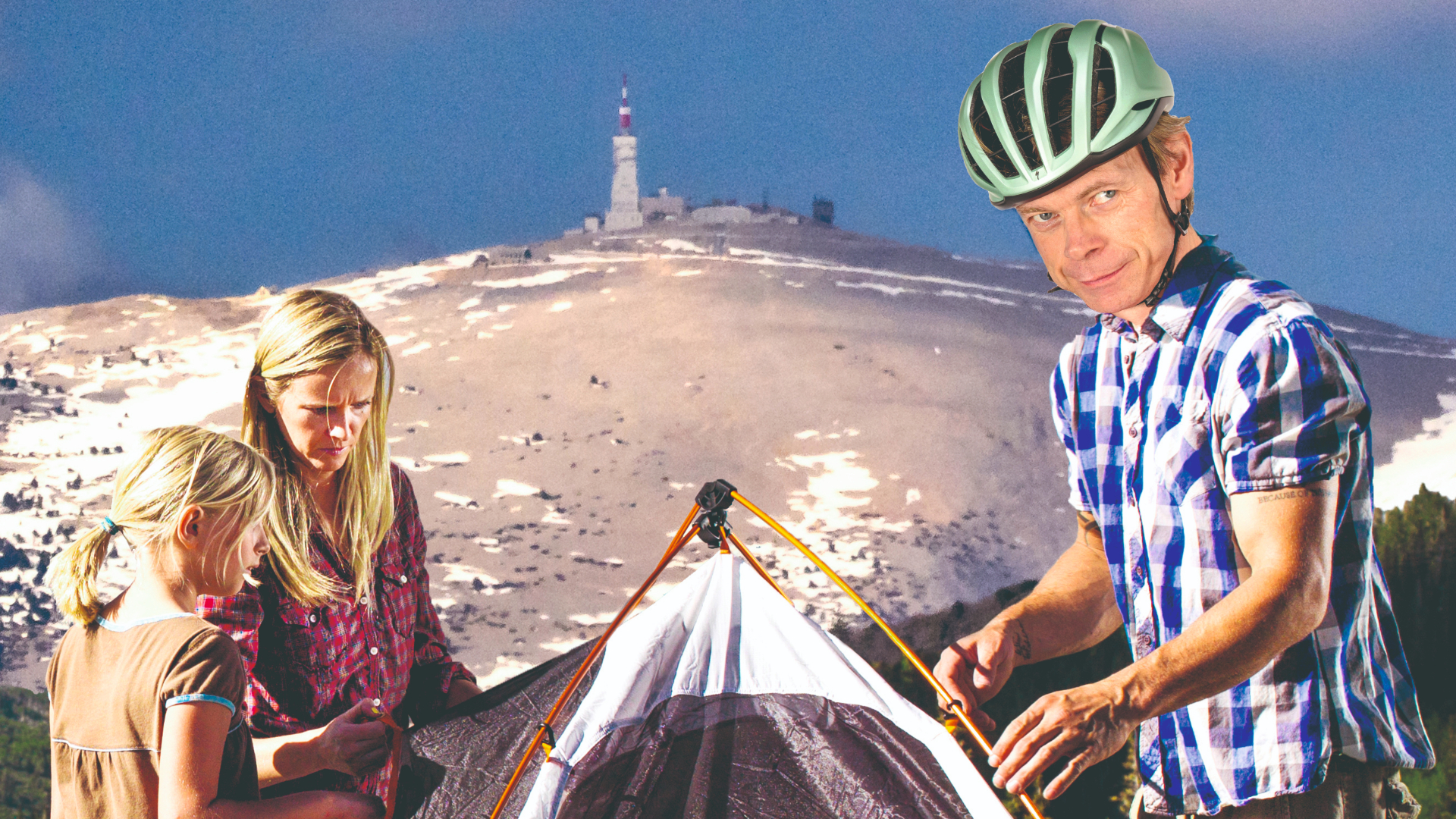
I have a friend, let’s call him Ronald, who went on holiday to Sweden with his family this summer.
“Why Sweden?” I asked. “Because I’ve never watched a Swedish bike race,” he said. “So I didn’t arrive with a warped, wrong view of the place.”
I can see what he means. Bike race coverage on TV is one of the reasons that organisations like councils spend money on bike races. “We’ll put Lowestoft on TV, and the pilgrims will see it and come and spend money here,” is the logic.
True - the pilgrims do come. But they’re often a bit confused. If you only know somewhere from the TV coverage of a bike race, you can end up with a strange impression of it.
I watched most of the 2024 Vuelta, so based on that and previous editions, I know that Spain is one of two things. It is either a sun-baked, ride-through oven, reminiscent of the surface of the sun, or it is a dark, unbelievably steep mountain shrouded in thick fog like something out of a Mary Shelley novel, with mysterious shapes and noises hinting at something awful happening beyond the reach of your understanding. Spain doesn’t seem to feature anything in between.
Yet I know Spain isn’t really like that. Half the world’s pro riders live in Girona, the other half in Calpe. They’re not all idiots. A lot of them, certainly, but all of them, no.
The other Grand Tours are also wide of the mark. Italy isn’t, it may surprise you to learn, covered in volcanoes. It is not full of cute pink trains. The fact that a helicopter view of an Italian village (and no one other than God spends as much time looking down from above than a bike race fan) shows roofing that consists entirely of air conditioning units does not mean you will ever manage to get your hotel room below 40°C.
France is probably closer to its real self, but the enthusiasm and welcome of the non-stop party atmosphere during the Tour de France means you’re set up for a disappointing experience when you go down to your hotel’s reception to ask the scary, smoking lady why she turns the internet off at 10pm.
My theory is that the smaller the geographical area the race covers, the more accurate your impression. The Tour de Suisse covers a lot less ground than a Grand Tour, and gives the impression of somewhere so pretty and neat it looks like it’s been created using the same CGI architects use for getting multi-story car parks past the planners. And Switzerland really is like that.
During the Classics season, Belgium looks like nothing but winding, narrow climbs linked together by traffic calming and industrial estate access roads. This also is more or less true.
The thing that always strikes me most about the Tour of Britain, is the lush hedge and tree cover. From the helicopter point of view, the race regularly vanishes for several hundred metres at a time. This would suggest a low-lying country where it rains a lot and where there isn’t a local authority with the budget to prune anything back. Again, pretty much the case.
It’s debatable whether any of these would inspire you to book a holiday, of course. Especially if you’re the family’s only cyclist. Many a marriage has foundered in a fly-blown campsite booked because the Ventoux is 10km away. Although that’s still an easier sell than, “Let’s go to Lowestoft for two weeks. A stage of the Tour of Britain started there once.”
Ronald says Sweden was expensive but lovely, by the way.
This feature originally appeared in Cycling Weekly magazine. Subscribe now and never miss an issue.







